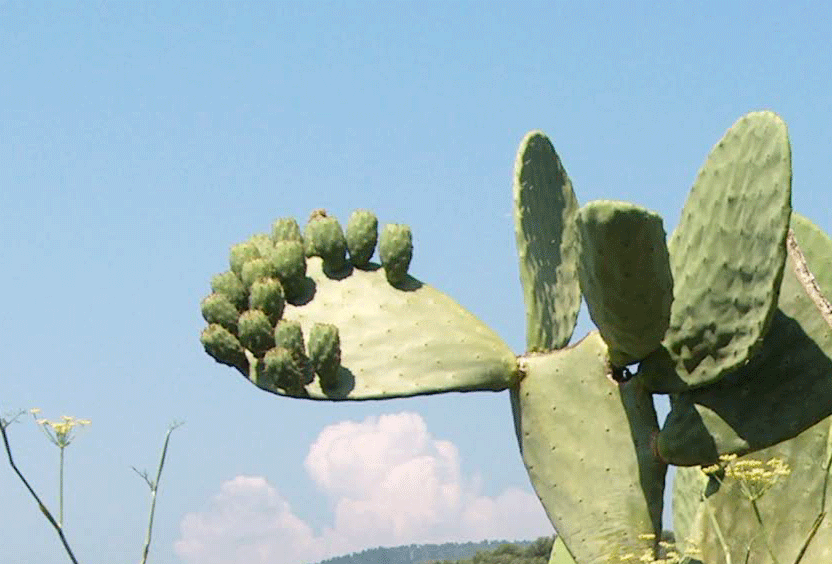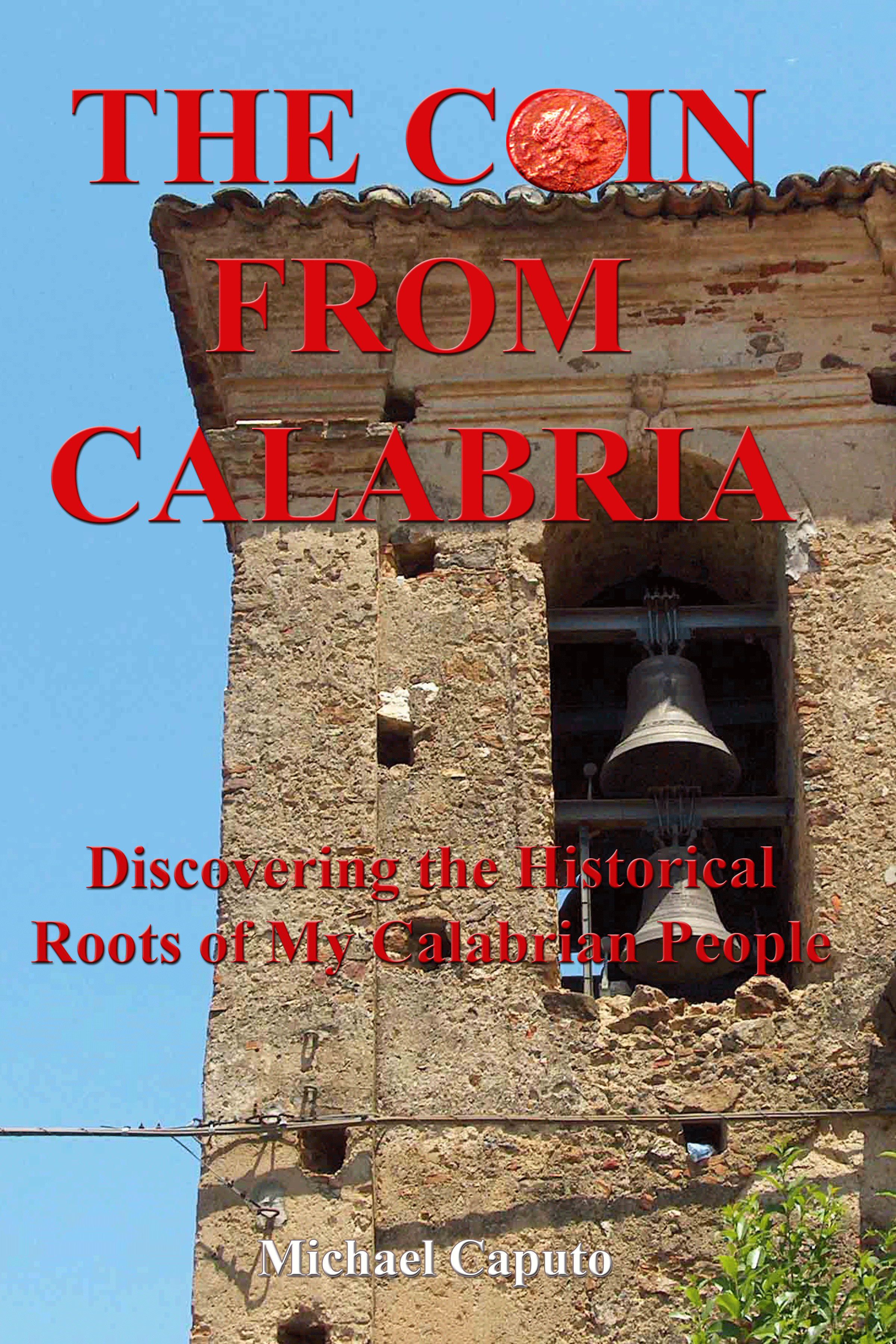|
||||||||||||||||
|
COSENZA Cosenza is a city located at the confluence of two historic rivers, the Busento and the Crathis, in the Calabria region of southern Italy. The municipal population is of around 70,000; the urban area, however, counts over 260,000[1] inhabitants. It is the capital of the homonymous Province of Cosenza, which has a population of around 733,000. The ancient town is the seat of the Cosentian Academy, the second academy of philosophical and literary studies to be founded in the Kingdom of Naples (1511) and one of the oldest in Europe. To this day, the city remains a cultural hub with several museums, theatres, libraries, and the University of Calabria. GeographyCosenza stands 238 m above sea level in a valley between the Sila plateau and the coastal range of mountains. The old town, overshadowed by its castle, descends to the river Crathis; the growing modern city lies to the north, beyond the Busento, on level ground. HistoryThe ancient Consentia, capital of the Italic tribe of the Bruttii, was a bulwark of the Italic people against the Hellenic influences of the Ionian colonies. It was in this province that the Battle of Pandosia was fought, in which a small Italic army composed of Bruttii and Lucanians defeated Alexander the Great's uncle, Alexander of Epirus. Over the centuries, Cosenza maintained a distinctive character, which marked it out among the cities of the region. Under Emperor Augustus it became an important stopover on the Roman via Popilia, which connected Calabria to Sicily. During the Roman Empire, although merely a colonia, the town benefited from municipal privileges. In 410 AD Alaric I, king of the Visigoths, captured the great city of Rome and became the first foreign enemy to capture this city in over 800 years. When he left Rome, Alaric had amassed a great amount of treasure from his conquest of the city. According to the Gothic historian Jordanes,[2] Alaric left Rome and headed south with his troops. When they reached the area of Cosenza, he died. No one is certain how this happened. Some believe he contracted a disease that took his life. Others feel that his death came from an attack by enemy forces. In any case, his troops honoured their king by burying him in a tomb. This was no normal tomb. His burial place is said to have been at the confluence of the Busento and Crathis rivers. A horde of slaves were used to divert the water from the Busento, allowing them to dig a tomb large enough for Alaric, his horse and all of the treasure amassed from his conquests. Once the tomb was completed, the river was returned to its bed and the tomb covered with water. Then, to ensure that no one would reveal this location to anyone, Alaric's troops killed all of the slaves. In the centuries after the fall of the Western Roman Empire, several towns in the Cosenza province, most notably Rossano, refused to acknowledge the new governments of the barbarians. Instead, with strong city walls and small Roman garrisons, these cities held out for centuries, as some of the last bastions of the Roman Empire in Italy. For that reason, Cosenza was viewed as Byzantine territory until the invasion of the Germanic Lombards. Norman, Hohenstaufen and Angevin periodBitterly disputed between the Saracens and the Lombards, the town was destroyed, then rebuilt around 988; only to be ravaged again in the early 11th century. In the attempt to escape the devastation, the population left the town and sheltered on the surrounding hills where they built some small hamlets (still denominated casali). By the first half of the eleventh century, Lombard Calabria became a feudal dukedom of the Normans, with Cosenza as capital. The town soon rebelled against the rule of Roger Guiscard and was only recaptured after a long siege. Subsequently, under the Hohenstaufen rule, the town became the seat of the Court of Calabria (Curia Generale). The Emperor Frederick II had a particular interest in the town: he promoted construction and economic activities, organising an important annual fair. Subsequently, Cosenza fought bitterly against the Angevin domination, supported by the clergy. While the uprising spread through the valley of the Crathis, the town was involved in the see-sawing fight between Angevins and the Crown of Aragon. In 1432 King Louis III of Anjou settled in the castle of Cosenza with his wife Margaret of Savoy. When he died untimely, in 1434, he was buried in the Cathedral. Spanish dominationIn 1500, in spite of resistance, Cosenza was occupied by the Spanish army led by Captain Consalvo de Cordoba. During the sixteenth century the town experienced a period of expansion as the seat of the Viceroy of Calabria. At the same time its cultural importance grew thanks to the foundation of the Accademia Cosentina; among its most renowned members were Bernardino Telesio, Aulo Gianni Parrasio, the Martirano brothers, Antonio Serra and others. In 1707 the Austrians succeeded the Spanish in the Kingdom of Naples, followed by the Bourbons. After the proclamation in 1799 of the short-lived Parthenopean Republic and a vain resistance, the town was finally occupied for the Bourbons by Fabrizio Cardinal Ruffo’s Lazzari; Cardinal Ruffo was native of the province of Cosenza. Modern ageFrom 1806 to 1815 Cosenza fought hard against French domination. Cruel suppressions characterised that period and in 1813 the town, a cradle of the Carbonari secret societies, saw many rebels executed. The local riots of 1821 and 1837 heralded the Risorgimento. They were followed by the uprising of 15 March 1844, which reached its climax with the “noble folly” of the Bandiera Brothers, who were executed together with some of their followers in the Vallone di Rovito in Cosenza. In 1860, some months after the rapid and overwhelmingly heroic deeds of Garibaldi’s troops, a plebiscite proclaimed the annexation of Calabria to the new Kingdom of Italy. Contact us mailto:mcaputo4163 Banner photo by, Maurizio Giraldi |
|
||||||||||||||


